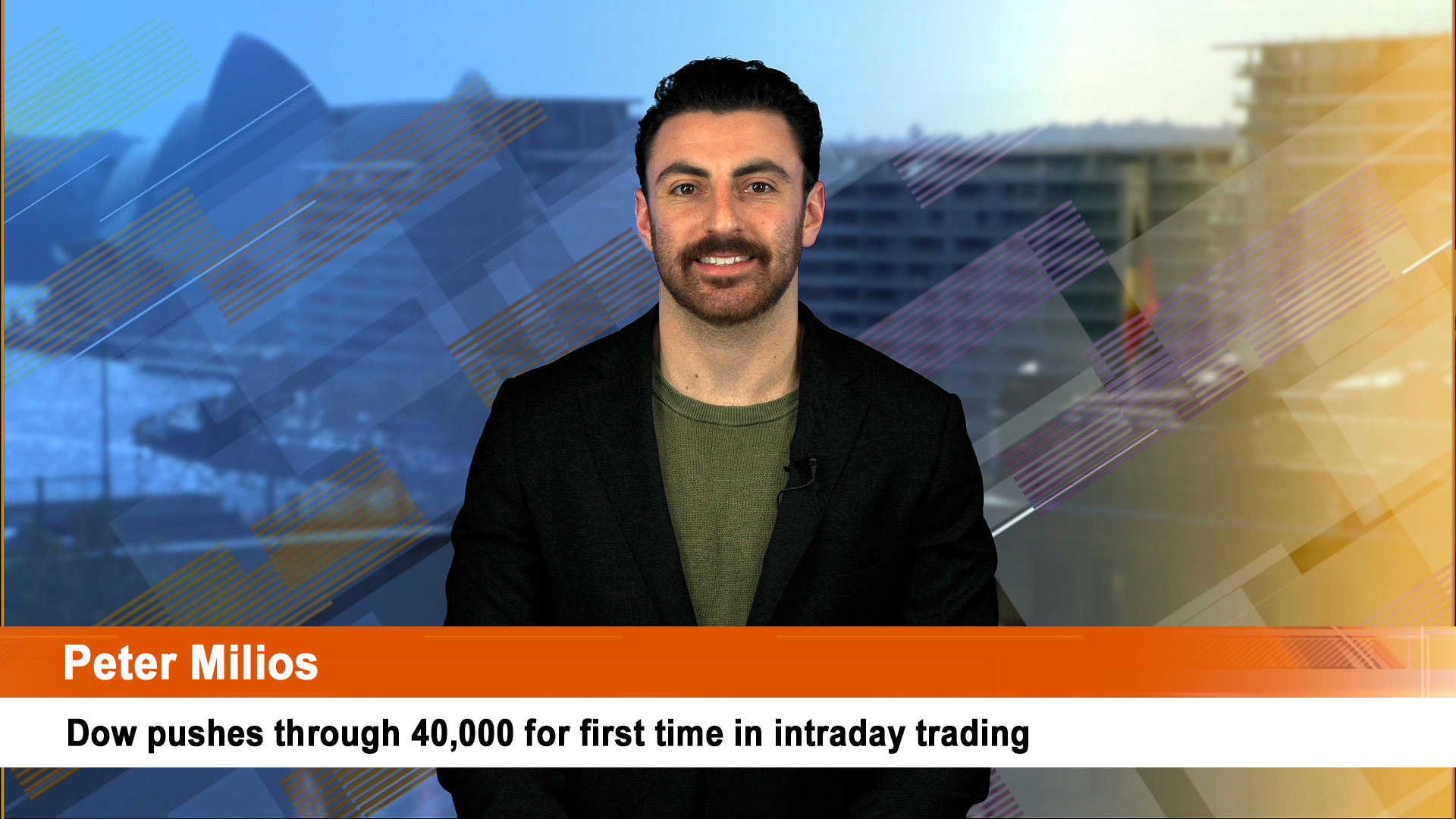An unlikely mix of rampant inflation, drought, Covid, the Ukraine crisis, surging electricity prices and wet weather is not only playing havoc businesses and activity in Europe, Australia and the US but could very well send the Chinese economy into a much-forecast recession in coming months.
In Europe and Britain it’s Covid, inflation, drought, soaring energy prices, especially gas and electricity and the echoes of the Ukraine crisis that continue to batter all economies.
Economists now wonder just how badly German economic activity will be hit by the drying up of the Rhine, on top of the gas supply and pricing crisis.
Other metal processing plans in Europe have been forced to curb production as well as the content-wide drought sees transport movements by barge along the region’s rivers (such as the Rhine) curtailed or tonnages cut.
Britain is in a terrible state – near record inflation of 10.1%, surging food prices, rising energy costs, which will accelerate later this year and millions of people facing the unhappy choice of how to eat, work and afford to heat their homes this winter.
Drought is adding to the pressures (an going on our experience here, when the drought breaks there will be heavy rain, storms and floods on parched ground, adding to their woes) across all of Europe, hitting demand, activity and output.
But drought is also hobbling the northeast of the US and the country’s southwest is in the midst of a dry spell that has gone on for more than four years and will see water rationed from the Colorado River and from Lake Mead, the water held back by the Hoover Dam near Las Vegas.
And in southwest China is being dried out leading to a repeat of power rationing we saw a year ago, but on a more extensive basis (see below).
This past week has seen a major Dutch zinc smelter closing from next month because of rising electricity prices, which will also force an aluminium smelter in Slovakia to shut.
Nystar, controlled by the Swiss commodity trader, Trafigura, owns the Budel zinc smelter and will put it on care and maintenance from September 1 because the rise in the cost of electricity has been too much.
Nystar has pit a couple of other European plants on reduced output as well but so far there’s been no move to curtail output at its main Australian plants at Port Pirie in South Australia and near Hobart in Tasmania.
Norsk Hydro announced Wednesday that it will be halting operations at its 175,000 tonnes a year aluminium smelter in Slovakia because of high energy costs. The plant had been running at 60% capacity because of weak demand and rising energy costs. Now it will no longer operate past the end of 2022.
The same area of Slovakia and nearby countries have seen a host of metal processing plants put on short time in the past year because of rising energy costs and weakening demand.
Rather than drought, Australia’s experience is the record La Nina wet spell along the East Coast which has seen coal mines in NSW and parts of Queensland battle to rebuild production, exports and stocks at a time when world prices for thermal coal especially have perked up after a gentle fall running into August.
The Newcastle thermal coal price is now back above $US425 a tonne after falling to $US386 a tonne at the start of this month; coking coal prices have steadied around $US230 to $US250 a tonne after dipping under $US200 a tonne on nervousness about Chinese steel demand (which has a knock-on effect even though Australia doesn’t export to China).
The 2022 results from BHP, Yancoal Australia and Whitehaven were all turbocharged by the boom in coal prices – especially for thermal coal.
Iron ore shipments to China from Port Hedland topped 40 million in July, up around 2 million tonnes on July 2021 as Chinese steel production crashed 10% in July from June to just over 81 million tonnes.
…………
China, though, is facing a 65-day dry spell across the southwest of the country that is adding unwanted pain to an economy already struggling with rising costs, weak demand, arbitrarily- imposed Covid lockdowns and power problems.
Tesla and the big Chinese car company SAIC this week appealed for preferential power supplies to keep manufacturing going as power rationing in and around Shanghai becomes a very real possibility.
In southwest China, 20 steel mills, a car plant, a battery making facilities and an aluminium smelter have been forced to close or curtail output.
A year on, China has plenty of coal and is using it, necessitating a boost in imports from Russia and Indonesia to make up for the shortage of hydro power in Sichuan and nearby provinces (which was a problem as well a year ago), as well as the shortage of coal in coastal areas still missing imports from Australia.
China is scrambling to alleviate power shortages and bring more water to the drought-hit basin of the Yangtze River as it battles a record-breaking heatwave by deploying relief funds, seeding clouds and developing new sources of supply.
For more than two months successive heat waves have disrupted crop growth, threatened livestock and forced industries in the hydropower-dependent regions of the southwest (especially Sichuan) to shut down so as to ensure electricity supplies for homes. Sichuan depends on hydro power for 80% of its needs.
Data from Everstream Analytics, a supply chain data and risk analytics provider, show a sharp rise in factory shutdowns in China over the past week. As of Wednesday (August 17), Everstream had recorded 39 closures—more than double the previous week’s total, even though the week was just half-over.
For China the drought problems are just the latest blow to an economy staggering towards a recession thanks to the ham-fisted-ideas for zero Covid of President Xi Jinping, weak demand, especially from consumers and for imports of key commodities such as oil and gas, the worsening property crisis and rising consumer inflation.
This week saw two small trims in key interest rates for the second time this year by the People’s Bank of China, an admission the economy is close to tipping into an extended slowdown after growth slowed to a barely there -.4% in the June quarter.
That saw Nomura and Goldman Sachs cut their estimates for China’s 2022 economic growth.
Nomura cut its already lowered forecast even further, from 3.3% to 2.8%, citing latest economic data on Monday showing weak retail sales, production and investment.
Nomura also warned that China’s current heatwave is the worst in many years and could dent growth in the third quarter.
Goldman Sachs also downgraded its forecast to 3% from 3.3% — citing latest data showing a slump in demand and sluggish credit growth. The report also emphasised the drag from the slump in the property sector.
The International Monetary Fund in late July sharply cut its 2022 growth forecast for China to 3.3% from 4.4% in April, blaming the Covid lockdowns and the growing crisis in the country’s property sector.
The intensifying drought this week saw around 20 steel mills in China’s southwest regions suspended operations as power rationing was imposed because the worsening drought has slashed hydro electric power output.
Toyota Motor Corp. and CATL (Contemporary Amperex Technology Co., the world’s top battery maker) have closed plants in Sichuan province this week after the government ordered cuts in supplies to try and preserve supply for domestic users.
Benchmark Mineral Intelligence suggests that the factory shutdowns in Sichuan province “could impact around a quarter of China’s lithium production capacity, helping to support lithium carbonate prices.”
Lithium plants have shut down capacity following an order by authorities to factories in 19 cities in the province to shut until August 20 due to the worst drought and heatwave in 60 years, which has impacted hydropower production.
The orders and limited supply of electricity has led to shutdowns of production at cathode, synthetic anode producers and lithium processing plants in the province.
Volkswagen said its factory in Chengdu is affected by power shortages. Foxconn Technology which makes Apple iPads in the province, but said it was seeing only limited impact from the drought so far.
On Wednesday the government in the province of Sichuan said it would ration power supplies to homes, offices and shopping malls, after having already ordered energy-intensive metals and fertiliser producers to curb operations.
Reuters reported that power shortages have also prompted several companies in the sprawling Chongqing region bordering Sichuan to say they would suspend production.
Drought throughout the Yangtze River basin was also “adversely affecting” drinking water for rural people and livestock, as well as the growth of crops, China’s water resources ministry said in a notice.
On Wednesday, the central province of Hubei became the latest to unveil an effort to induce rainfall, by sending airplanes to fire the chemical silver iodide into the clouds.
Other regions on the Yangtze have also launched “cloud seeding” programmes, but with cloud cover too thin, operations in some parched areas have stayed on standby.
China’s heatwave has run for 65 days, making it the longest since full records began in 1961, state media said on Wednesday.
This is the last thing China and President Xi Jinping would have wanted to see as they grapple with a multitude of economic and social policy woes ahead of the national congress of the Chinese Communist Party in October at which Xi is odds on to be elected for a third term as President.
…………
As China struggles with this immediate crisis and more Covid break outs, the sliding property sector remains the biggest headache for Xi and the government.
This week there were reports of secret subsidies being arranged for some companies in the wake of the two rate cuts (aimed at helping the property sector as well as boosting demand for credit which slumped sharply in July).
July’s data put an end to some analysts’ claims a month ago that there were signs China’s property sector may have been steadying after more than a year of weakening activity.
What we saw this week showed there was nothing of the sort happening as activity dipped further into the red, despite inspired leaks of new investment funds and extra funds being allocated by China’s central bank and state-owned banks to help developers.
Those leaks seem to have been only aimed at choking off the rapidly growing mortgage boycott across parts of the country where developers have failed to complete tens of thousands of houses and apartments, leading the purchases to halt repayments of their loans and political problems for governments led by President Xi Jinping.
He led the moves to crack down on property speculation (‘homes are for living, not investment’ is a favoured idea from Xi and his supporters) developers by restricting credit from 2019 onwards and is responsible for the weak flow of assistance to the sector which in turn has seen developers default, collapse and tens of thousands of home buyers become increasingly unhappy about new houses and apartments they can’t occupy.
Data from the National Bureau of Statistics for July shows investment by developers further worsened in July, down the most this year, while new construction starts suffered their biggest fall in nearly a decade.
Average new home prices in China’s 70 major cities also dropped by 0.9% in July from July last year after June’s 0.5% fall.
It was the third straight month of decrease in new home prices and the steepest fall since September 2015.
Property investment in July fell 12.3% year-on-year, up from a 9.4% drop in June, according to data from the National Bureau of Statistics (NBS) on Monday.
Property investment in January-July fell 6.4% from a year earlier, the most since March 2020.
In July, new construction starts by floor area fell at the fastest pace since January-February 2013 – down 45.4% – after a 45% slump in June.
In January-July, new construction starts tumbled 36.1%, extending from a 34.4% drop in the first half.
For developers, loans granted by domestic banks dropped 36.8%, while capital raised from abroad plunged 200% in July as foreign investors and banks slashed property lending and started asking for repayments.
Lending for property crashed in July as Chinese banks chopped new lending 40% to just 679 billion yuan; the lowest three months and well below 1.08 trillion yuan a year earlier.
…………
Given this slide and the weak data on imports last week and production, it’s no wonder China’s production of crude steel slumped more than 10% last month from June to 81.4 million tonnes, the lowest level this year outside of the January-February period which is always impacted by the timing of the Lunar New Year.
July’s 81.4 million tonnes was also down 6.4% from July, 2021 as well as 10.25% below the 90.7 million tonnes produced in July, 2021.
Total steel produced in the first seven months of 2022 was 711.3 million tonnes.
China’s imports of iron ore in July rose 3.1% from a year earlier, General Administration of Customs data showed on Sunday, as steelmakers’ profit margins grew despite concerns over demand.
Imports totalled 91.24 million tonnes last month, up from 88.51 million tonnes in July 2021, the General Administration of Customs data showed.
The July figure was also 2.6% higher than the 88.97 million tonnes imported in June.
In January-July 2022, Chinese iron ore imports fell 3.4% to 627 million tonnes compared to the first seven months of 2021.
And cement output fell 7% in July as investment in property and construction again slumped.
…………
After this week’s rate cuts, some economists wondered if they would help.
“China’s growth in [the second half] will be significantly hindered by its zero-Covid strategy, the downward spiral of the property markets, and a likely slowdown of export growth. Beijing’s policy support could be too little, too late and too inefficient,” said Ting Lu, Nomura’s chief China economist (which then cut its GDP estimate).
Analysts also noted that China’s central bank had been reluctant to lower rates amid concerns about rising debt and inflation.
“But the PBoC seems to have decided it now has a more pressing problem. The latest data show lacklustre economic momentum in July and a slowdown in credit growth, which has been less responsive to policy easing than during previous economic downturns,” said Julian Evans-Pritchard, senior China economist with Capital Economics.
Xi Jinping’s zero-Covid policy — which institutes strict lockdowns wherever outbreaks of the virus are discovered — is inflicting further strains on the outlook.
Several Chinese cities, including Haikou on the southern island of Hainan, as well as Urumqi in the western Xinjiang region, have imposed or extended lockdown restrictions in some areas, with cases rising nationwide over the weekend.
The Hainan lockdown has sparked small-scale protests among tens of thousands of travellers who have been left stranded in the tourist destination.
There were amazing pictures last week of customers fleeing a Ikea store in Shanghai (where the locals know all about arbitrary lockdowns) after a Covid case was discovered and authorities tried to lock people inside the store in a snap lockdown.













